Population Health News Roundup: May
JoAnne DyerIAPHS Members in the News
 Tiffany Joseph in Newsweek: Trump’s immigration policies aren’t helping the coronavirus spread: “a preoccupation with border security makes us sicker.” (April 24, 2020)
Tiffany Joseph in Newsweek: Trump’s immigration policies aren’t helping the coronavirus spread: “a preoccupation with border security makes us sicker.” (April 24, 2020)
Sandro Galea discussing his book Pained, co-written with Michael Stein, in Public Health Post: Changing the structures that contribute to poor health requires uncomfortable conversations. (April 27, 2020)
Courtney Boen, Elaine Hernandez, and Richard Carpiano in The Hill: COVID-19 is no “equalizer,” but we can reduce disparities with worker protections, uniform testing protocols, more equal health care access, and social and economic stability. (April 23, 2020)
Elaine Hernandez in The Society Pages: Flattening the COVID-19 curve may mean increased deaths from indirect causes, such as cardiovascular disease, as people forego routine and emergency care. This could mean worsening inequalities, especially in rural areas. (April 28, 2020)
Jennifer Beam Dowd in PNAS: A population’s age structure might help explain differences in mortality and transmission rates across countries. (May 5, 2020)
Disparities
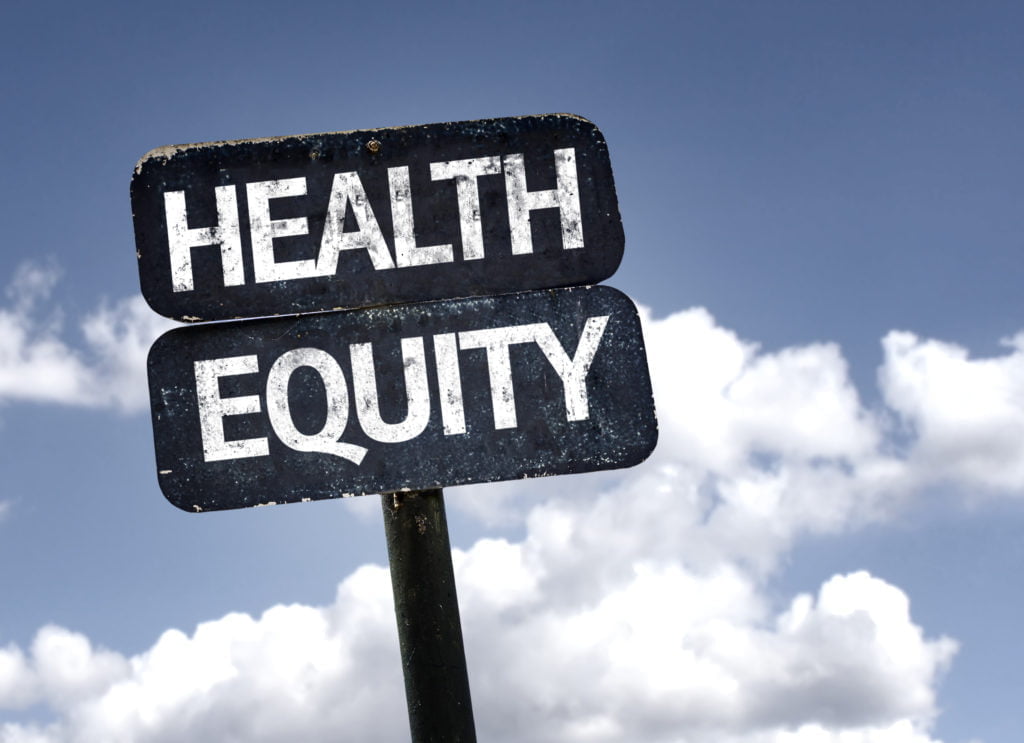 It’s the racial capitalism: Racism and capitalism together create harmful social conditions, leading to COVID-19 inequities. (Health Education & Prevention, April 26, 2020).
It’s the racial capitalism: Racism and capitalism together create harmful social conditions, leading to COVID-19 inequities. (Health Education & Prevention, April 26, 2020).
NYC is undercounting Asian COVID-19 stats: Aggregated data doesn’t reflect true numbers, say neighborhood South Asian leaders (TheCity, April 26, 2020).
Older people are disproportionately harmed by COVID-19: Partly due to age, partly to the current isolation that’s supposed to protect them, and partly due to public health’s global collapse. This reflects longstanding public health infrastructure neglect and vulnerabilities. (Journal of Applied Gerontology, April 30, 2020, and The Lancet, May 1, 2019) And many (15.6% in the 65-and-older group) also are losing their jobs. (Kaiser Family Foundation, May 13, 2020).
Dramatic COVID-19 death disparities in NYC: Some low-income communities of color experience ten times the COVID-19 death rate of wealthier ZIP codes. (NYC.gov data, accessed May 19, 2020, and via @MarkLevineNYC).
Representation (really) matters: Including people of color in COVID-19 research is more crucial now than ever. (Environmental Health News, May 13, 2020).
Place
Who fared better in their coronavirus response, NC or GA?: Comparing the responses of North Carolina and Georgia showed that the crude mortality rate is 2.5 times higher in Georgia than in North Carolina. Disparities are noted in both states with many counties that are poor and have the highest concentration of African Americans experiencing a higher risk of death (Carolina Demography, May 19, 2020).
Density is not COVID-19 destiny: In New York City, factors like “household crowding, poverty, racialized economic segregation and participation in the workforce,” not NYC’s density, led to increased death rates (NY Times, May 15, 2020).
Appalachia faces problems beyond coronavirus: Rural communities in southwest Virginia face problems such as isolation, mental health, and reduced monitoring and treatment for chronic disease and opioid harm reduction (US News & World Report, May 14, 2020).
Seattle to keep some streets closed post-COVID-19: Twenty miles of Seattle streets will remain closed, and more may be added as part of the Stay Healthy Streets campaign. (Seattle Times, May 7, 2020).
Food deserts are also COVID-19 hot spots: In Chicago’s African American neighborhoods, grocery store access means a lower COVID-19 mortality rate. (Medium,com, May 18, 2020)
Environmental Health
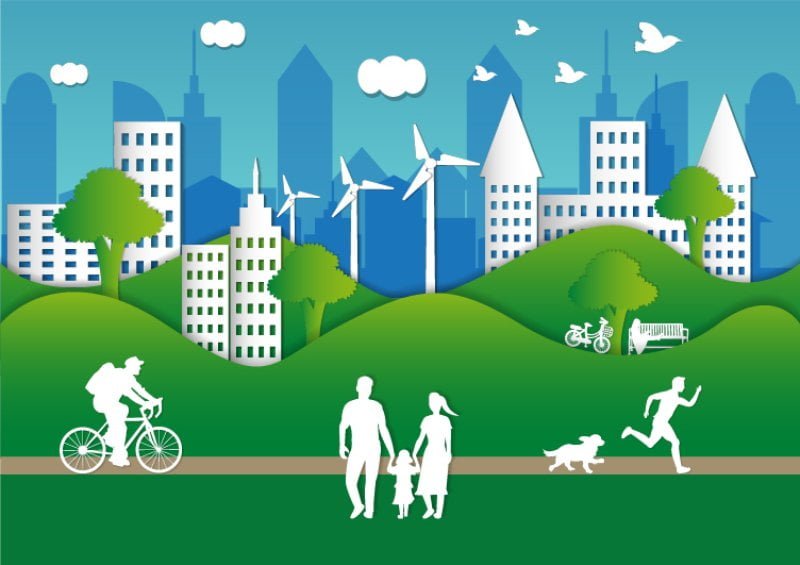 Louisville, especially West Louisville, may not breathe easy with COVID-19: Louisville has the worst air of any mid-sized city (according to the EPA), and political authorities aren’t much help (CityLab, April 22, 2020).
Louisville, especially West Louisville, may not breathe easy with COVID-19: Louisville has the worst air of any mid-sized city (according to the EPA), and political authorities aren’t much help (CityLab, April 22, 2020).
Oil and gas companies make bad neighbors: New Mexican communities near to oil and gas development sites experience high levels of formaldehyde and other harmful chemicals, but regulatory agencies aren’t recognizing them (NM Political Report, May 20, 2020).
Commercial Determinants of Health
 Juul axes sweet juice, to no avail: Teen vape users simply switched to other vaping liquid flavors (menthol, tobacco) or to other brands when Juul banned sweet flavor options (Forbes magazine, April 17, 2020) .
Juul axes sweet juice, to no avail: Teen vape users simply switched to other vaping liquid flavors (menthol, tobacco) or to other brands when Juul banned sweet flavor options (Forbes magazine, April 17, 2020) .
Policy
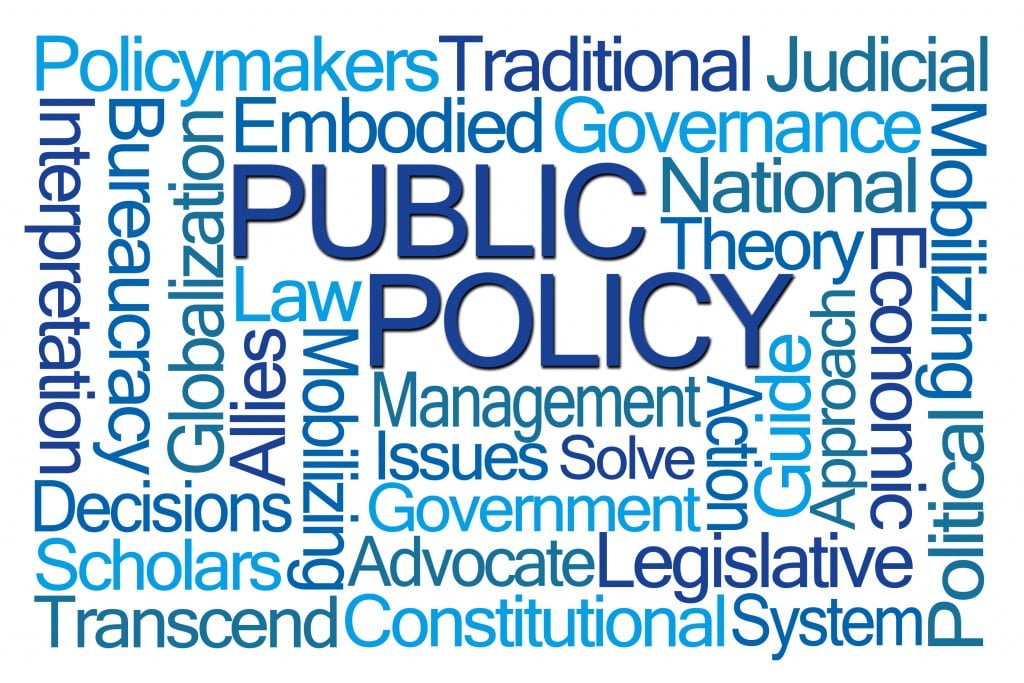 Naloxone mandates improve access: More people in more places accessed Naloxone in the 90 days after prescribing mandates. (AJPH, April 16, 2020)
Naloxone mandates improve access: More people in more places accessed Naloxone in the 90 days after prescribing mandates. (AJPH, April 16, 2020)
More ICUs and ventilators to treat COVID-19 patients aren’t the answer: Population health won’t be improved in the long run with more ventilators and ICU beds, suggest the authors. (Annals of Internal Medicine Ideas and Opinions, May 7, 2020)
The coming caregiver shortage: Nationally, immigrants account for a disproportionate number of home health aids and direct care workers. Immigration policies, including deportations and ICE arrests, could cause shortage in caregivers for people who are elderly or disabled. (Public Health Post, May 18, 2020)
Programs

Rebuild America after COVID-19 with a new jobs program that will boost community health: A Community Health Corps “would put millions of Americans to work caring for one another, and with far more sweeping goals than just turning around the sky-rocketing unemployment figures…” (BostonReview.net, April 27, 2020)
Shaping cities differently after COVID-19: Milan will remodel its core to dedicate 22 miles of road to bikes and pedestrians and Paris is fast-tracking new cycleways. Will the trend toward moving to the suburbs from places NYC accelerate as people fear (perhaps unwisely) density? (CityLab, April 22, 2020 and CNN, May 2, 2020)
Global Health
 What happens as Africa’s population ages? More attention should be directed toward the needs of older people in many African countries: data collection and monitoring, pensions, and better training are needed. (Al Jazeera, May 18, 2020)
What happens as Africa’s population ages? More attention should be directed toward the needs of older people in many African countries: data collection and monitoring, pensions, and better training are needed. (Al Jazeera, May 18, 2020)
Global hunger could rise in the wake of COVID-19: Food supply chain disruption, trade and labor restrictions, and other factors could increase hunger worldwide. (The Telegraph, April 23, 2020)
Africa is experiencing COVID-19 outbreaks: In Nigeria, Somalia, and Tanzania, cases are increasing, and some say leaders aren’t doing enough to help. (New York Times, May 17, 2020)
Tech Talk
A mobile device to destroy viruses like COVID-19: A team at the University of Washington is working on a mobile device similar to a flashlight that would disinfect common surfaces. (University of Washington News & Events, April 28, 2020)
Apple and Google apps will trace COVID-19 contacts: States (three so far) and countries will use the technology to trace and notify contacts, urging anyone who’s been close to a person with confirmed COVID-19 to get medical advice and get tested. (CNBC.com, May 20, 2020)

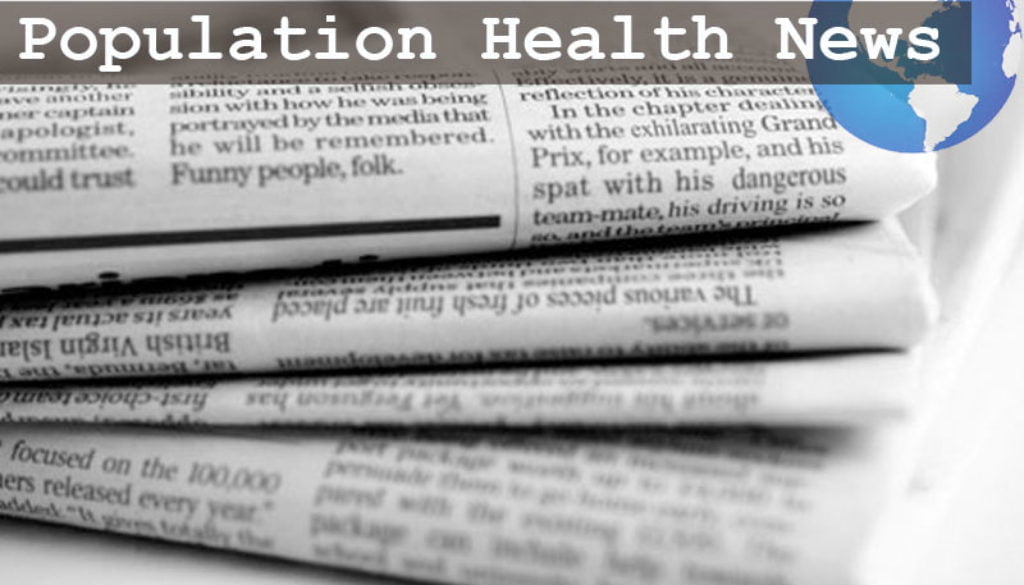
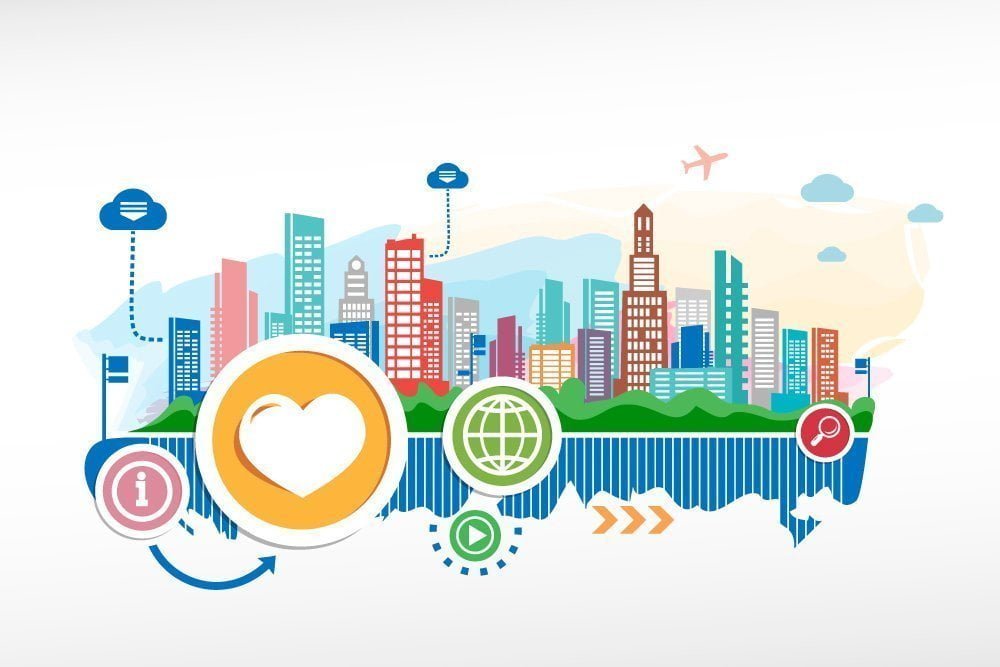



All comments will be reviewed and posted if substantive and of general interest to IAPHS readers.